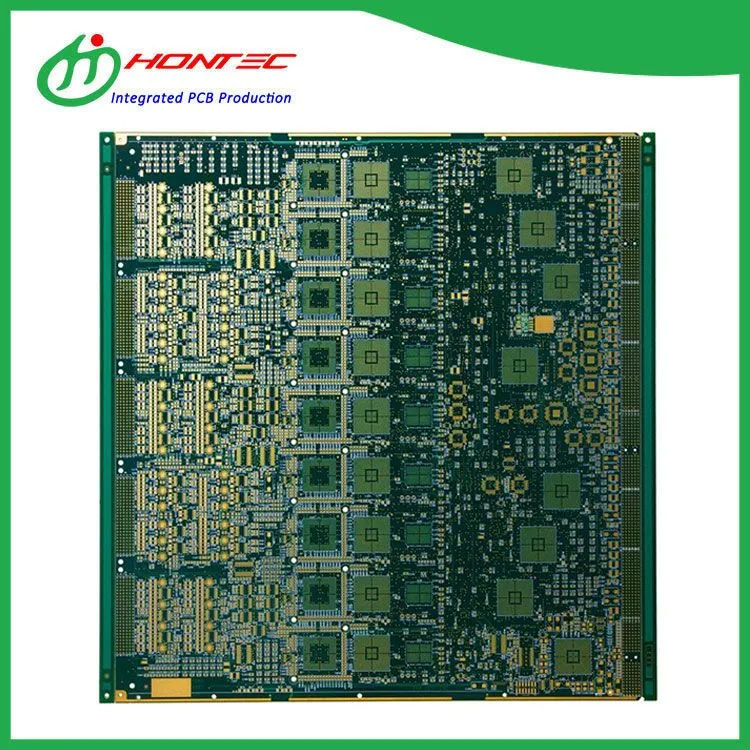High-speed PCB design refers to circuit boards designed for transmitting high-speed signals, which are usually transmitted at speeds in GHz (gigahertz). The main goal of high-speed PCB design is to ensure the integrity and stability of signals during transmission to cope with the requirements of high-frequency and high-speed signals.

High-speed PCB design refers to circuit board design with high requirements in terms of signal transmission rate, frequency and data transmission volume. Compared with ordinary PCBs, high-speed PCBs have significant differences in design, materials, manufacturing processes and performance. In high-speed PCB design, signal integrity (SI), power integrity (PI) and electromagnetic compatibility (EMC) are the primary considerations.
High-speed PCB design is widely used in cutting-edge fields such as telecommunications, aerospace, and national defense security. These fields have extremely high performance requirements for circuit boards and need to ensure the stability and reliability of signals during high-speed transmission.